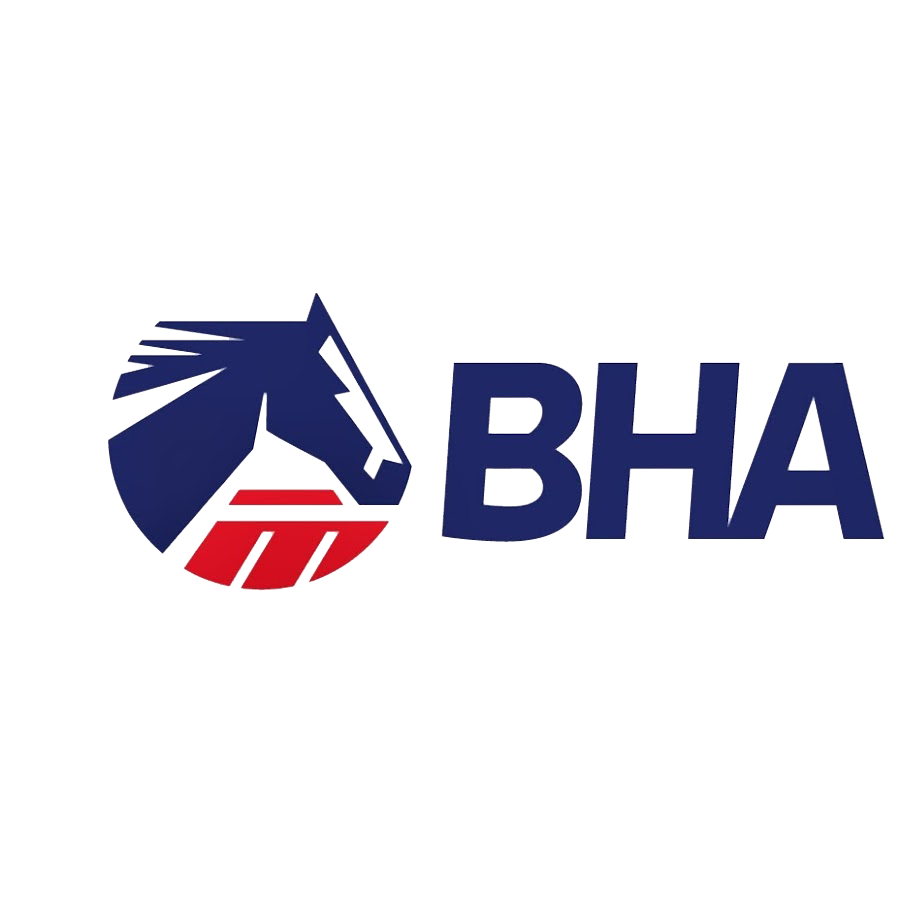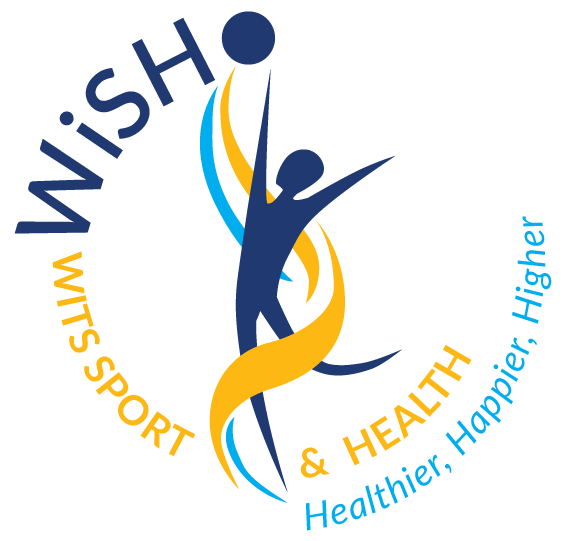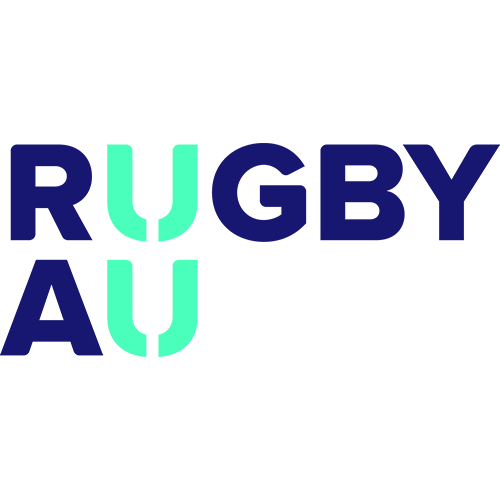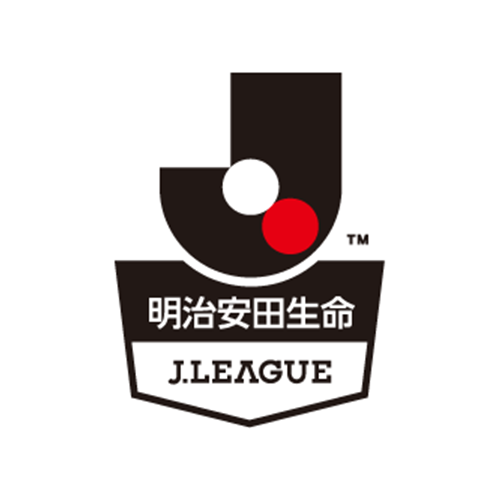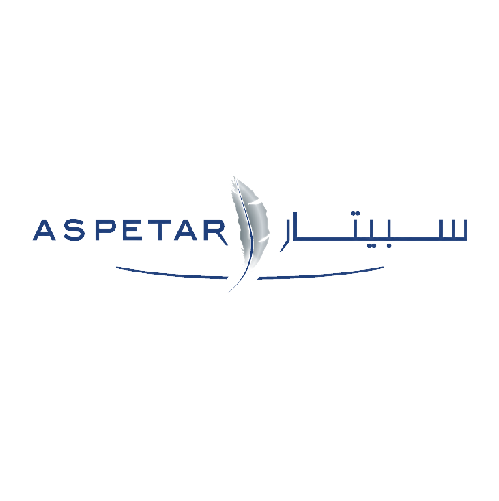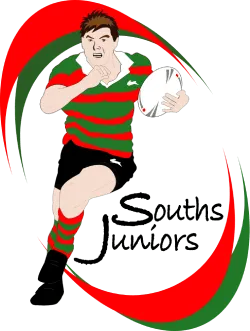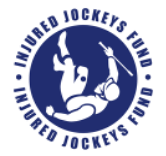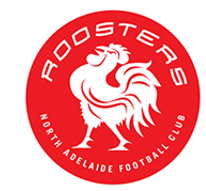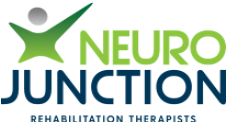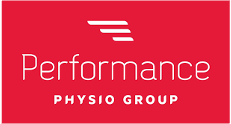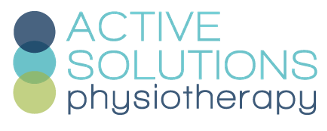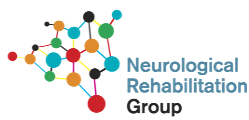Neurodevelopmental Disorders (NDDs)
Neurodevelopmental disorders are a collection of conditions that have three features in common. They are first seen in infancy or early childhood, as well as being characterized by disturbances in brain development. Lastly, NDDs are stable in nature and do not show episodes of worsening or improvement over time.

Neurodevelopmental Disorders (NDDs)
Neurodevelopmental disorders are a collection of conditions that have three features in common. They are first seen in infancy or early childhood, as well as being characterized by disturbances in brain development. Lastly, NDDs are stable in nature and do not show episodes of worsening or improvement over time.
What are NDDs?
Although definitions vary, NDDs can include impaired motor, learning, language, communication and/or sensory functions. The most prevalent NDDs are attention-deficit/hyperactivity disorder, autism spectrum disorder and intellectual disability. NeuroFlex® provides novel, reliable metrics that can help clinicians objectively assess brain health in NDDs.
Children with NDS can experience difficulties with language and speech, motor skills, behavior, memory, learning, or other neurological functions. While the symptoms and behaviors of NDDs disabilities often change or evolve as a child grows older, some disabilities are permanent.
Diagnosis and treatment of these disorders can be difficult; treatment often involves a combination of professional therapy, pharmaceuticals, and home and school-based programs. It is common for young people who have these conditions to seek help for comorbid mental health problems, including depression or anxiety.
Why choose NeuroFlex®
Objective, quantitative measurements
Typically, diagnosis of Neurodevelopmental Disorders (NDDs) is based on behaviors and experiences. Patient reports are subjective and may change day to day. While this information is vital to proper care, it is prone to errors.
We provide objective metrics of brain function health to help healthcare professionals fill in the gaps and provide a higher standard of care.
Accuracy you can rely on
Our breakthrough algorithms allow us to interpret eye and head movements more accurately than ever before. They generate indexes that are relevant and reliable in assessing brain health.
Manage personalized treatment plan
With the ability to track your patients over time, you can adjust their treatment protocols with real data on their rate of improvement.
Be a part of the new standard of care and start using NeuroFlex® in your clinic today.
Based on scientific expertise
NeuroFlex® is the product of over 60 years of experience in eye and head movement analysis. Mimi Galiana, our Chief Scientific Officer, is a leading expert in the field, with over 200 publications on the subject in top peer reviewed journals.
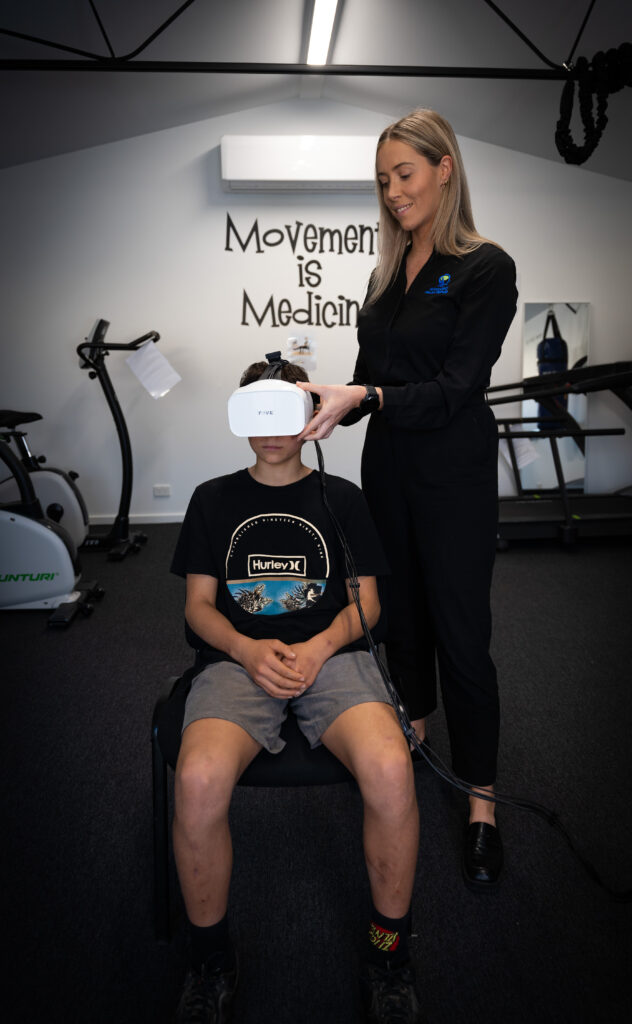
Discover Our Revolutionary Concussion Solution
Today’s athletes are smart. They want to see something concrete when they’re told to stay off the field for a concussion.
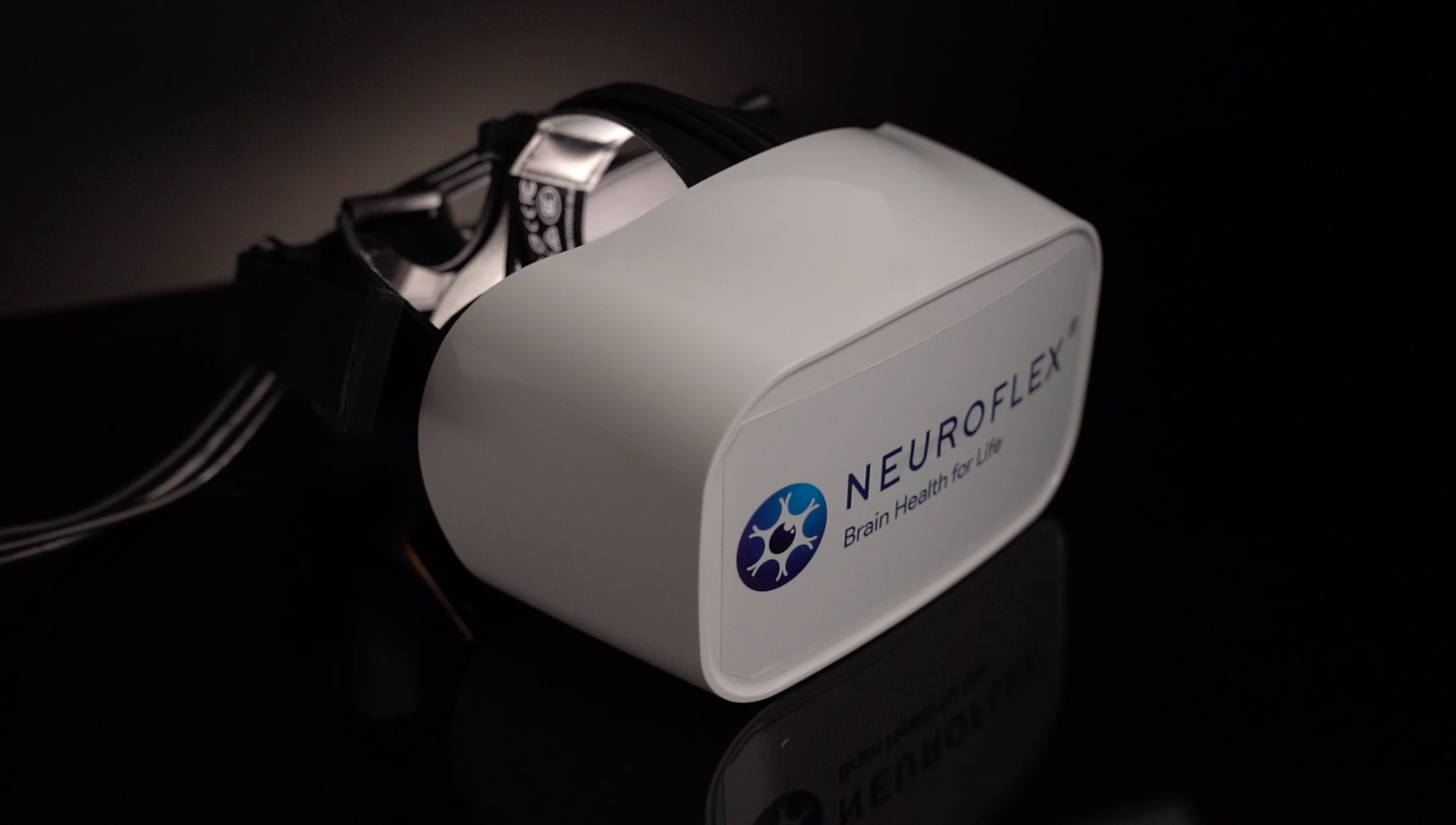

Testimonials
Dr Rafael Santos – Ineos, Head of Medical
“Part of INEOS’ mentality is always looking for innovation in health and improving how we manage things and how we can do things better. NeuroFlex is reliable and it met what we were looking for in terms of objective data. Our initial goal is to use it as apart of...
Professor, Jon Patricios – Board Member of the International Consensus Conference on Concussion in Sport
Interested in the Scientific Basis?
1. Loe, Irene M., et al. “Oculomotor performance identifies underlying cognitive deficits in attention deficit/hyperactivity disorder.” Journal of the American Academy of Child & Adolescent Psychiatry 48.4 (2009): 431-440.
2. Jafarlou, Fatemeh, et al. “Effects of oculomotor rehabilitation on the cognitive performance of dyslexic children with concurrent eye movement abnormalities.” Early Child Development and Care (2020): 1-13.
3. Clough, Meaghan, et al. “Oculomotor cognitive control abnormalities in Australian rules football players with a history of concussion.” Journal of neurotrauma 35.5 (2018): 730-738.
4. Bellocchi, Stéphanie, et al. “Effect of comorbid developmental dyslexia on oculomotor behavior in children with developmental coordination disorder: a study with the Developmental Eye Movement test.” Human Movement Science 76 (2021): 102764.
5. Lukasova, Katerina, Isadora P. Silva, and Elizeu C. Macedo. “Impaired oculomotor behavior of children with developmental dyslexia in antisaccades and predictive saccades tasks.” Frontiers in psychology 7 (2016): 987.


